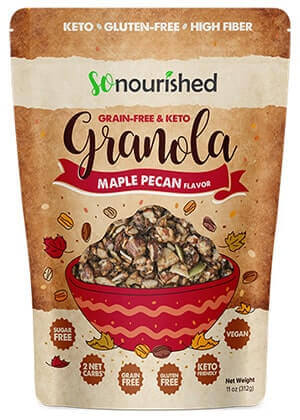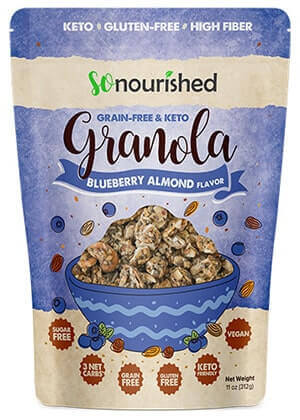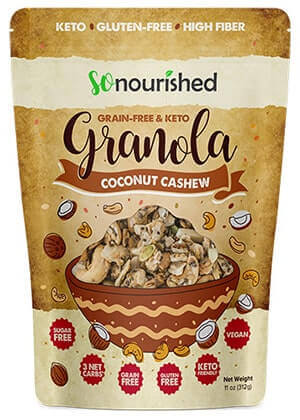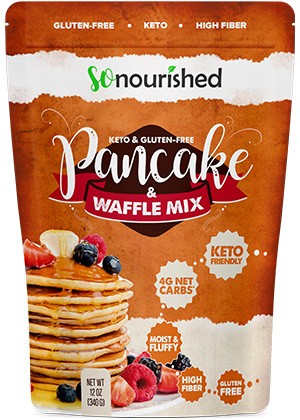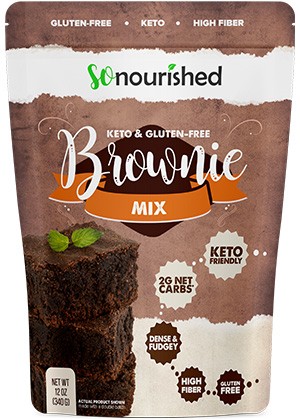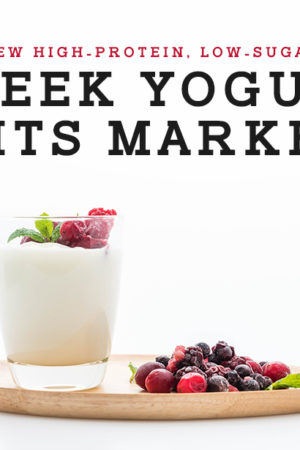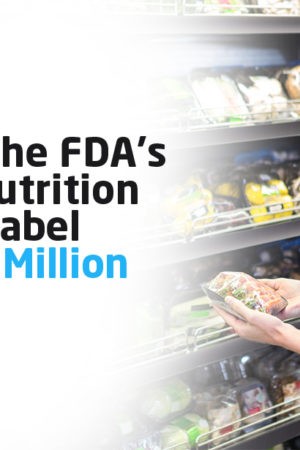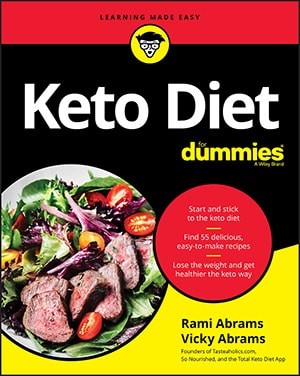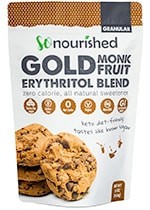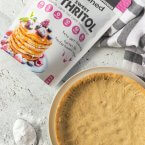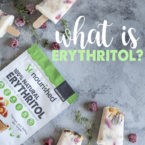With nearly half of Americans reporting that they are looking to cut down on dietary sugar, health-conscious options like yogurt and smoothies have taken over the aisles of grocery stores across the country. But how healthy is that cup of yogurt really…and how much sugar could be hiding beneath the lid? The answer may be more than you expect from a “healthy” snack. A recent study from the British Medical Journal has revealed that your creamy snack might be harboring hidden calories and processed sweeteners—read on to learn if your yogurt is sabotaging your diet.1
The health halo
If yogurt has hidden sugar, why does it feel so good for us? The answer lies in a concept called the “health halo.” In the same way that an angel’s halo shines a light on his or her face, the health halo casts a glimmer of good PR over an otherwise mediocre product to improve sales. In one study, researchers found that consumers often confuse the term “low fat” to mean “low calories.”2 This is an effect of the health halo; for years, consumers have been indoctrinated with the idea that “fat = bad,” ignoring the fact that added sugar contributes significantly to the calorie content of our favorite foods. However, the “halo” of low-fat often tricks consumers into believing that “low fat” and “good for you” are the same thing.
Yogurt ads frequently include health-conscious imaging—who hasn’t seen a commercial featuring a woman doing yoga, drinking water, and happily biting into a spoon of yogurt? Unfortunately, as the current research demonstrates, this “feeling of health” may be little more than the effect of great marketing.
Cutting through the clutter
Nutrition guidelines suggest that men should be consuming no more than 38 grams of sugar a day, while women are recommended to stick to no more than 25 grams a day.1 Unfortunately, findings from the UK supermarket analysis indicate that your choice of yogurt is more than likely packing at least 20 percent of your recommended daily sugar intake. Researchers found that about 55 percent of yogurts on shelves across the pond contained between 10 and 20 grams of sugar.
You can cut through the clutter of health misinformation by carefully reading the nutrition labels of your yogurts before you buy. Choosing a brand that advertises a lack of added sugar can help you make a healthier option while shopping. For the best choice, look for no-sugar-added Greek yogurt—researchers found that unflavored Greek yogurt had the lowest sugar content, averaging less than 8 grams of sugar per 100 grams of yogurt. Find the taste of unflavored Greek yogurt too harsh? Try slicing up some strawberries or bananas for a more natural kick of flavor.
A changing culture
In addition to consumer preference, government regulations in the United Kingdom have begun punishing companies for loading their products with excess sugar. In 2018, the UK introduced a “ground-breaking” sugar tax aimed at curbing the obesity epidemic.3 Will the United States be the next country to institute limitations on sugar and combat the effects of the health halo? Only time will tell.
NUTRITIONAL DISCLAIMER
The content on this website should not be taken as medical advice and you should ALWAYS consult with your doctor before starting any diet or exercise program. We provide nutritional data for our recipes as a courtesy to our readers. We use Total Keto Diet app software to calculate the nutrition and we remove fiber and sugar alcohols, like erythritol, from the total carbohydrate count to get to the net carb count, as they do not affect your blood glucose levels. You should independently calculate nutritional information on your own and not rely on our data. The website or content herein is not intended to cure, prevent, diagnose or treat any disease. This website shall not be liable for adverse reactions or any other outcome resulting from the use of recipes or recommendations on the Website or actions you take as a result. Any action you take is strictly at your own risk.
- Keto Drives Increased Calorie Burn - July 11, 2019
- New High-Protein, Low-Sugar Greek Yogurt Hits Market - April 1, 2019
- Can Going Low-Carb Fight Back Fat? - December 4, 2018


